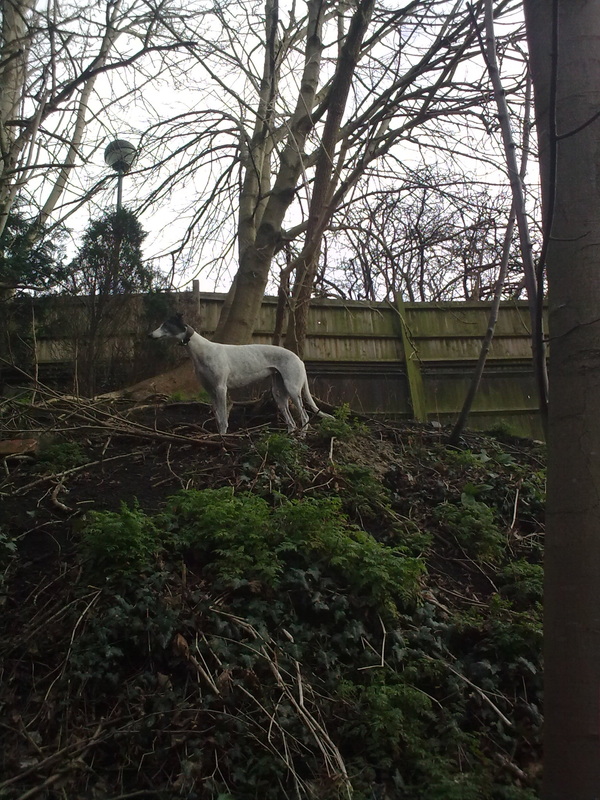|
‘Down the Stream’ was the name we gave as children to the wilderness that lay between our 1950s housing estate and the Chester to Liverpool railway line. It was a hummocky undulating tract of land with a murky stream – smelling of drains – that ran along the bottom of the railway embankment, and a wide margin of stony land, dense with willow saplings, beside the railway track.
‘We’re going down the stream,’ we’d shout as we set off in our shorts and wellington boots, and except for a brief period around the time of the Moors Murders, when the adults decided we should be confined to our gardens, we were allowed our freedom. Our reckless feet trampled pathways through long grass, nettles, brambles, and the pungent Himalayan Balsam that burst its seed pods between our fingers. We found an elderberry tree that branched in four directions, so we all had a different route to climb to the top, and we spent many an hour making it sway under our weight, and peering through the leaves and heavy blossoms into the mysterious ivy-clad seat of the garden below. If we followed the stream in one direction it led to a hill, flanked on one steep side by sycamores – an eerie unsettling place where we never ventured alone. The hill dropped down to an abandoned football field, the grasses tall and shimmering in the wind, a wooden pavilion, and the brick wall of Williams & Williams steel factory, where berries of deadly nightshade gleamed in the shadows. In the other direction – when we fought our way far enough through the clumps of grass – we discovered a woodland carpeted in celandine, aconite and bluebells, bounded by a hawthorn hedge, and overhung by a young horse chestnut tree. There was the time we searched a patch of clover and found not only four-leafed, but five, six, seven-leaved stems. One year the embankment was covered in poisonous rhubarb with its elephantine leaves and fat hairy trunks, so dramatic that it was featured in the local newspaper. And once, for a day the stream turned yellow with industrial waste. Down the Stream was our playground for a long decade – an untamed wilderness, an edge-land between industry and nature, it fed our young imaginations and satisfied our need for adventure and exploration. The summer the bulldozers came and the stream was piped underground felt like the end of my childhood. A Morrisons supermarket was built at one end of the wasteland and a housing estate the other. Sometime after I left home the track was sealed off by a fence, and what remained of our wilderness became frustratingly inaccessible. Last week, after nearly forty years, pushing a way through the wire fence at the bottom of a neighbour’s garden, I found my way back to what remains – a scrap of land, a copse of trees – the rest flattened by Morrisons’ car park, people’s extended gardens, and the railway track behind a high metal fence. Below a grid over a brick inlet, I could hear the echoing surge of the stream through the huge cement pipes underground.
0 Comments
|
AuthorTricia Durdey dances, writes, and teaches Pilates. Archives
October 2017
|

 RSS Feed
RSS Feed